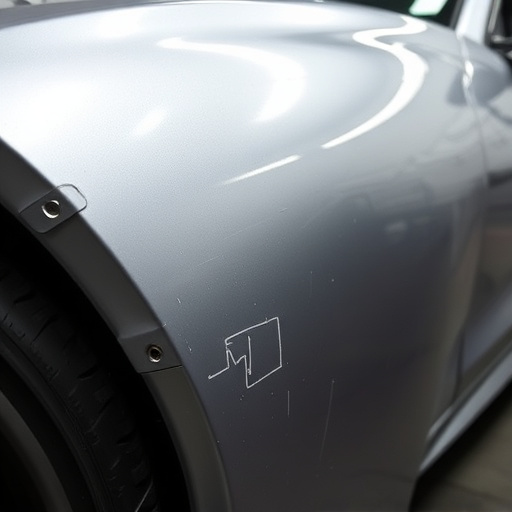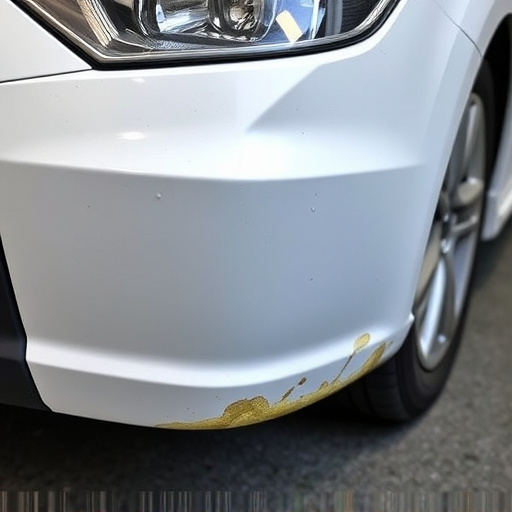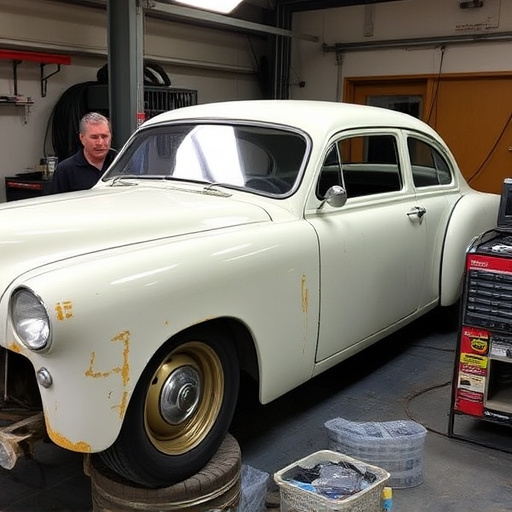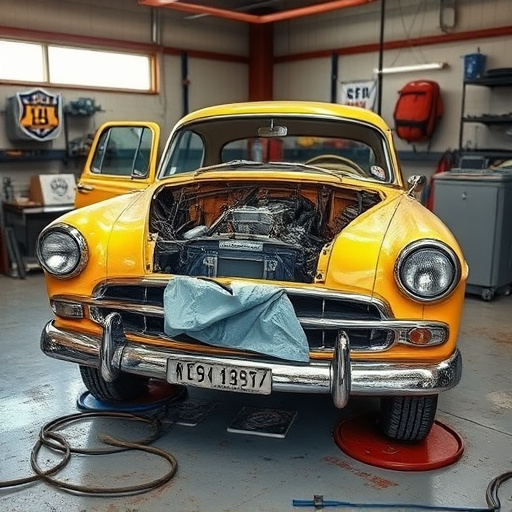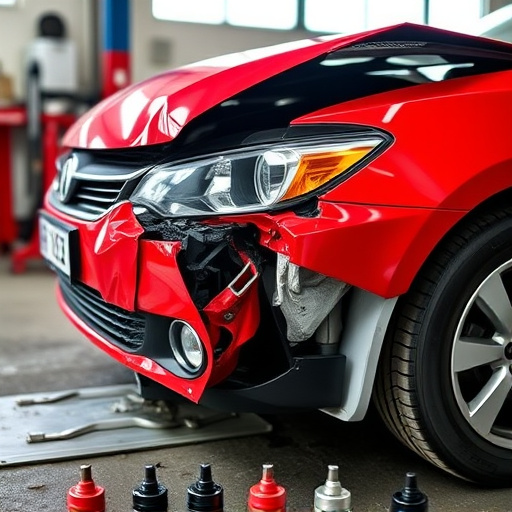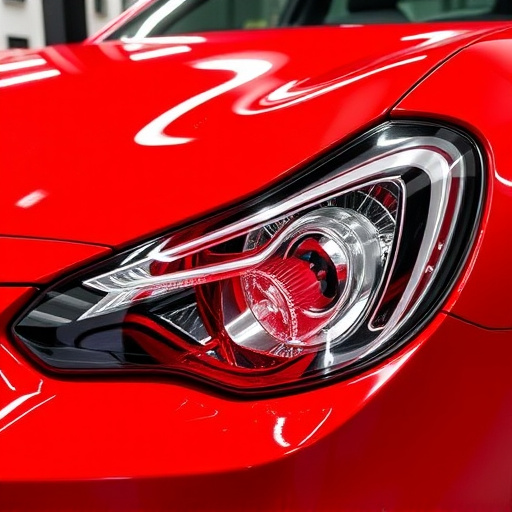OEM repair guidelines emphasize the importance of a color spectrophotometer for accurate paint matching during auto body repairs, especially in paintless dent repair and frame restoration. This advanced tool ensures precise color replication, aligning with OEM standards and boosting customer satisfaction. Regular calibration and multi-data point capture enhance its accuracy, revolutionizing auto glass repair and vehicle body shop efficiency.
In the precision engineering realm, Original Equipment Manufacturer (OEM) repair guidelines demand meticulous attention to detail. Ensuring component accuracy is pivotal to meet stringent quality standards. This is where a Color Spectrophotometer emerges as an indispensable tool. By measuring and matching colors precisely, it aids in adhering to OEM specifications, enhancing repair reliability. The article delves into the significance of these guidelines, explores the role of color spectrophotometers, and provides best practices for optimal utilization in repair processes.
- Understanding OEM Repair Guidelines and Their Significance
- The Role of Color Spectrophotometer in Achieving Accuracy
- Benefits and Best Practices for Utilizing Color Spectrophotometry in Repairs
Understanding OEM Repair Guidelines and Their Significance
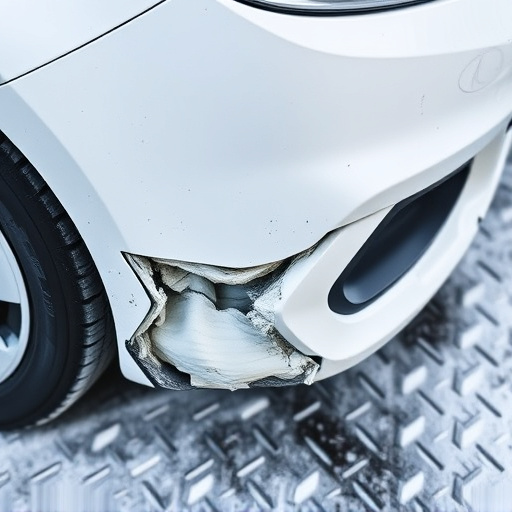
Original Equipment Manufacturer (OEM) repair guidelines are essential standards set by vehicle manufacturers to ensure the quality and consistency of repairs. These guidelines cover everything from part specifications to repair techniques, aiming to maintain the original vehicle’s performance and aesthetics. For automotive repair, especially in cases like paintless dent repair, adhering to these standards is crucial for customer satisfaction and safety.
A color spectrophotometer plays a significant role here by providing accurate measurements of color and light properties. It helps auto body shops match the exact shade of paint required for repairs, ensuring that the finished product matches the vehicle’s original paint job perfectly. This precision is vital in auto maintenance, particularly when striving to achieve high-quality, paintless dent repair outcomes.
The Role of Color Spectrophotometer in Achieving Accuracy
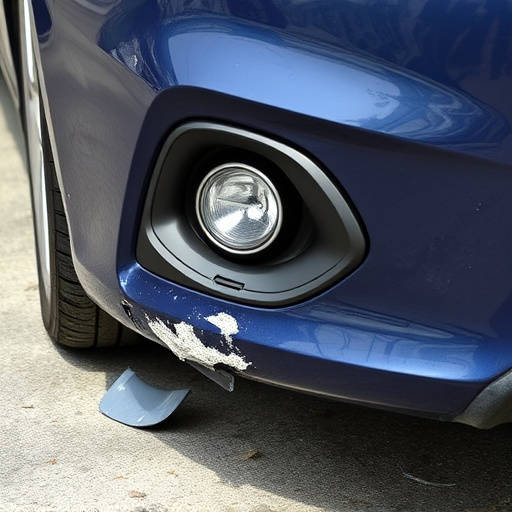
In the realm of auto frame repair and bumper repair, achieving precision is paramount for maintaining car body shop standards. This is where a color spectrophotometer plays a pivotal role. This advanced instrument is not just a tool; it’s a game-changer in ensuring accuracy during the repair process. By measuring light absorption and reflection, a color spectrophotometer delivers exact color matching data, crucial for restoring cars to their original state.
Whether it’s a minor dent or significant damage like fender benders, the spectrophotometer provides precise color readings, enabling car body shops to select the perfect shade of paint for each auto frame repair and bumper repair. This level of accuracy not only guarantees a seamless finish but also helps meet OEM (Original Equipment Manufacturer) guidelines, ensuring that the repaired vehicle looks as good as new.
Benefits and Best Practices for Utilizing Color Spectrophotometry in Repairs
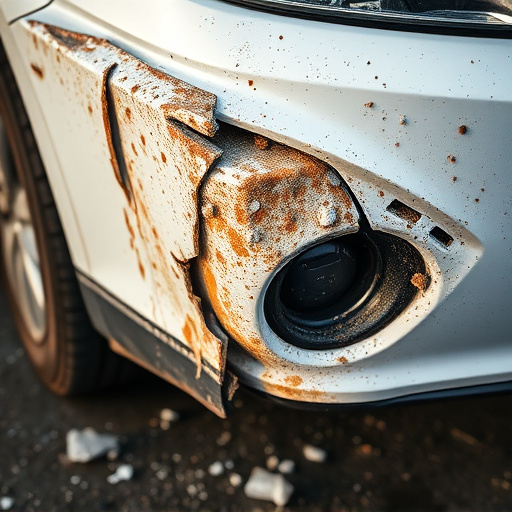
The utilization of a color spectrophotometer brings significant benefits to auto glass repair and vehicle body shop processes. By precisely measuring and matching colors, this advanced technology ensures repairs that blend seamlessly with original factory finishes. This is particularly crucial for maintaining the overall aesthetic appeal and resale value of vehicles in auto collision centers.
Best practices involve calibrating the spectrophotometer regularly to guarantee accurate readings and using it early in the repair process to establish a baseline for color matching. Technicians should also capture multiple data points during testing, as subtle variations can impact final results. Integrating this technology into standard operating procedures promotes consistency and efficiency in auto glass repairs, ultimately enhancing customer satisfaction within vehicle body shops.
A color spectrophotometer is an invaluable tool for achieving precision in Original Equipment Manufacturer (OEM) repair guidelines. By accurately measuring and matching colors, this technology ensures that repaired parts meet or exceed OEM standards. The benefits are clear: improved visual aesthetics, enhanced part performance, and increased customer satisfaction. Adhering to best practices, including regular calibration and comparing measured values against known standards, further solidifies the reliability of color spectrophotometry in automotive repairs.
